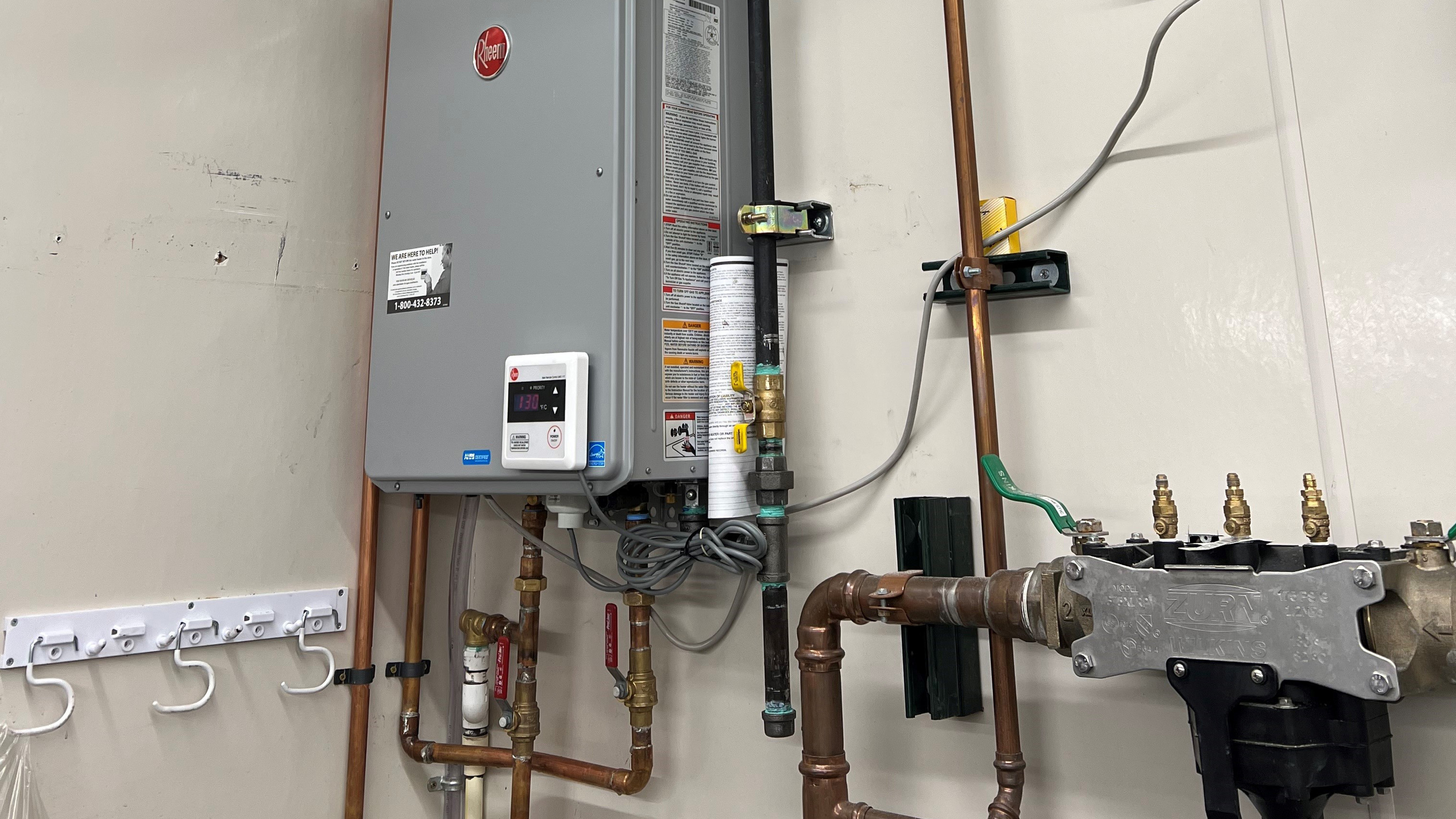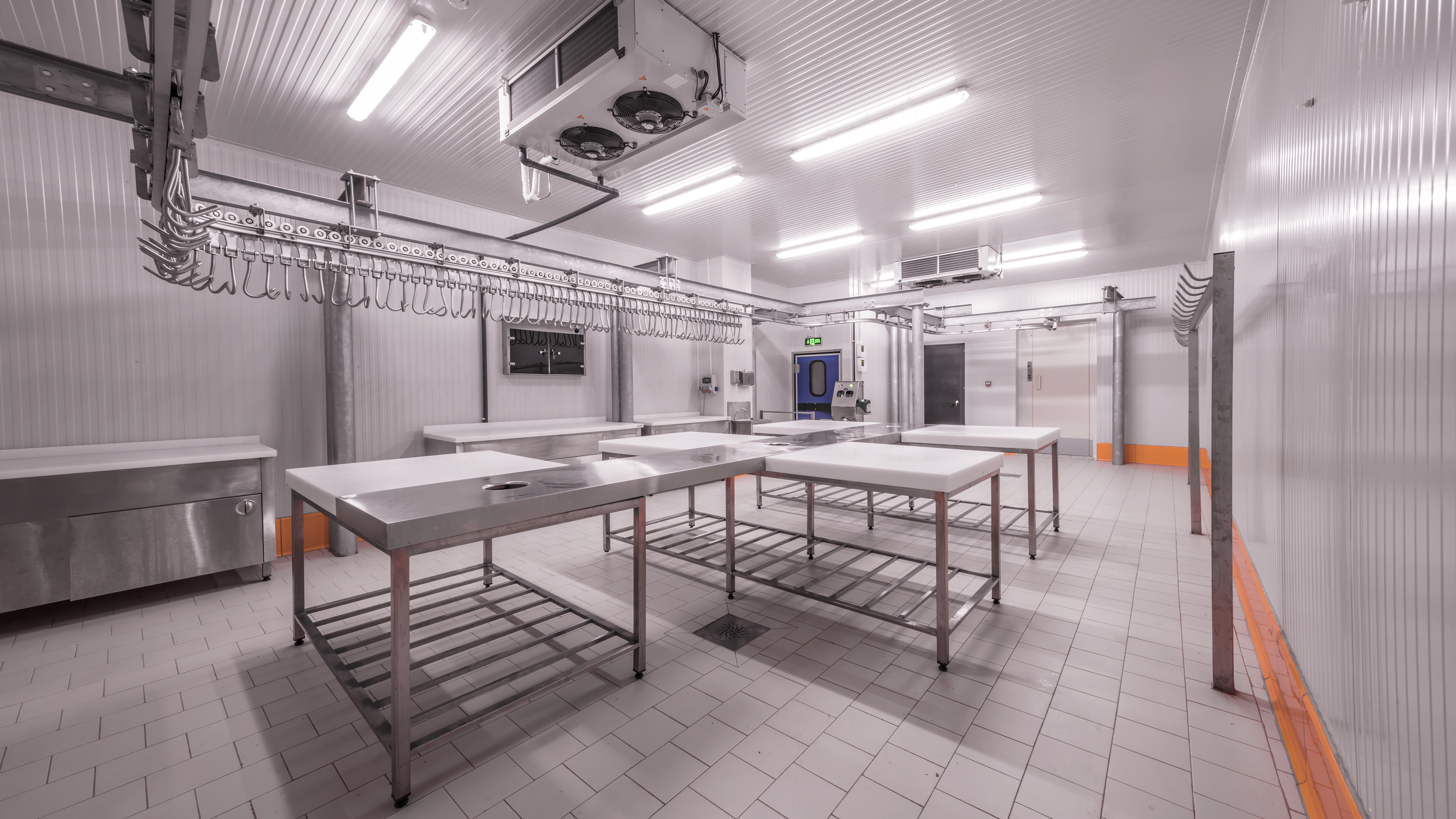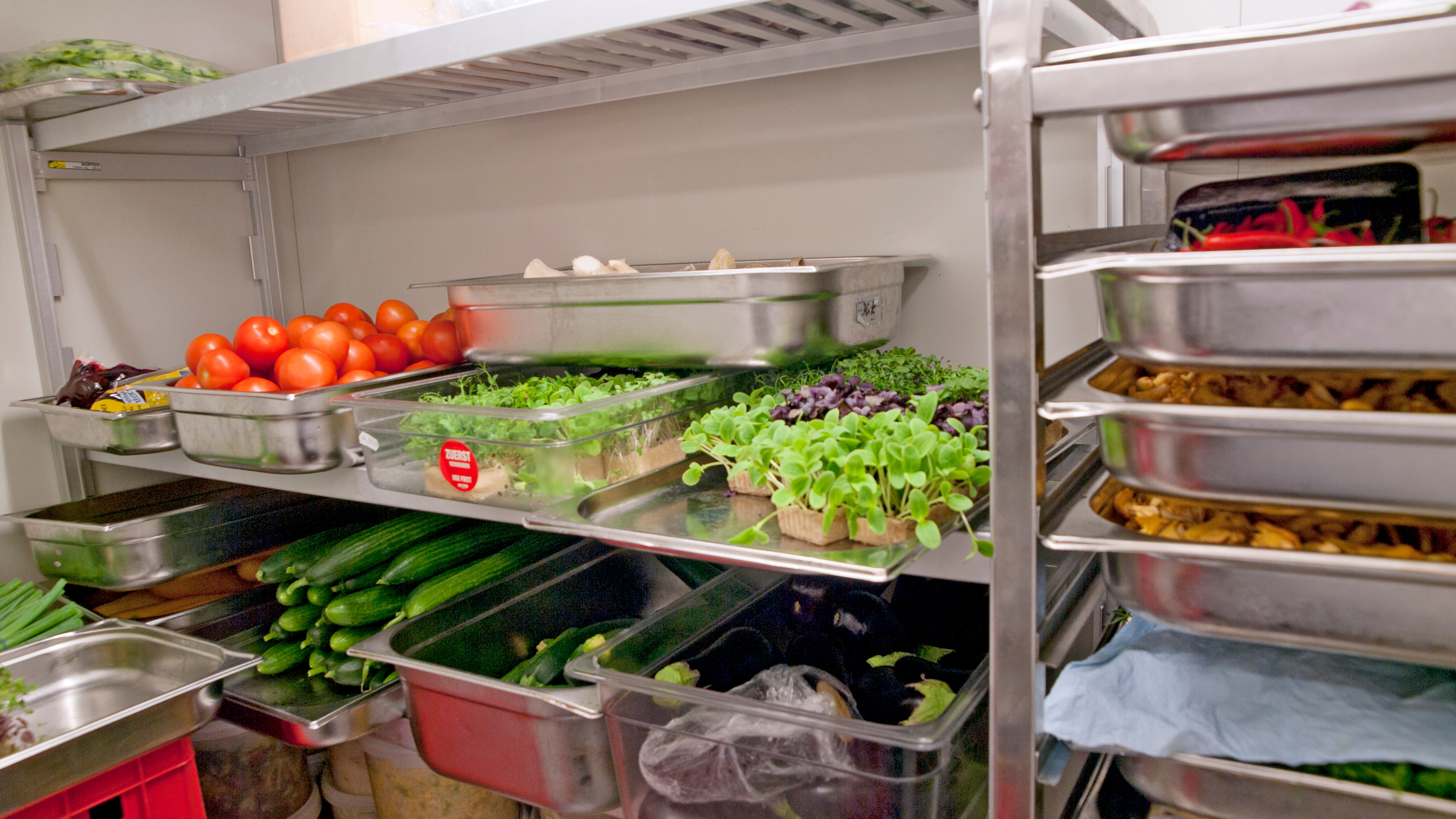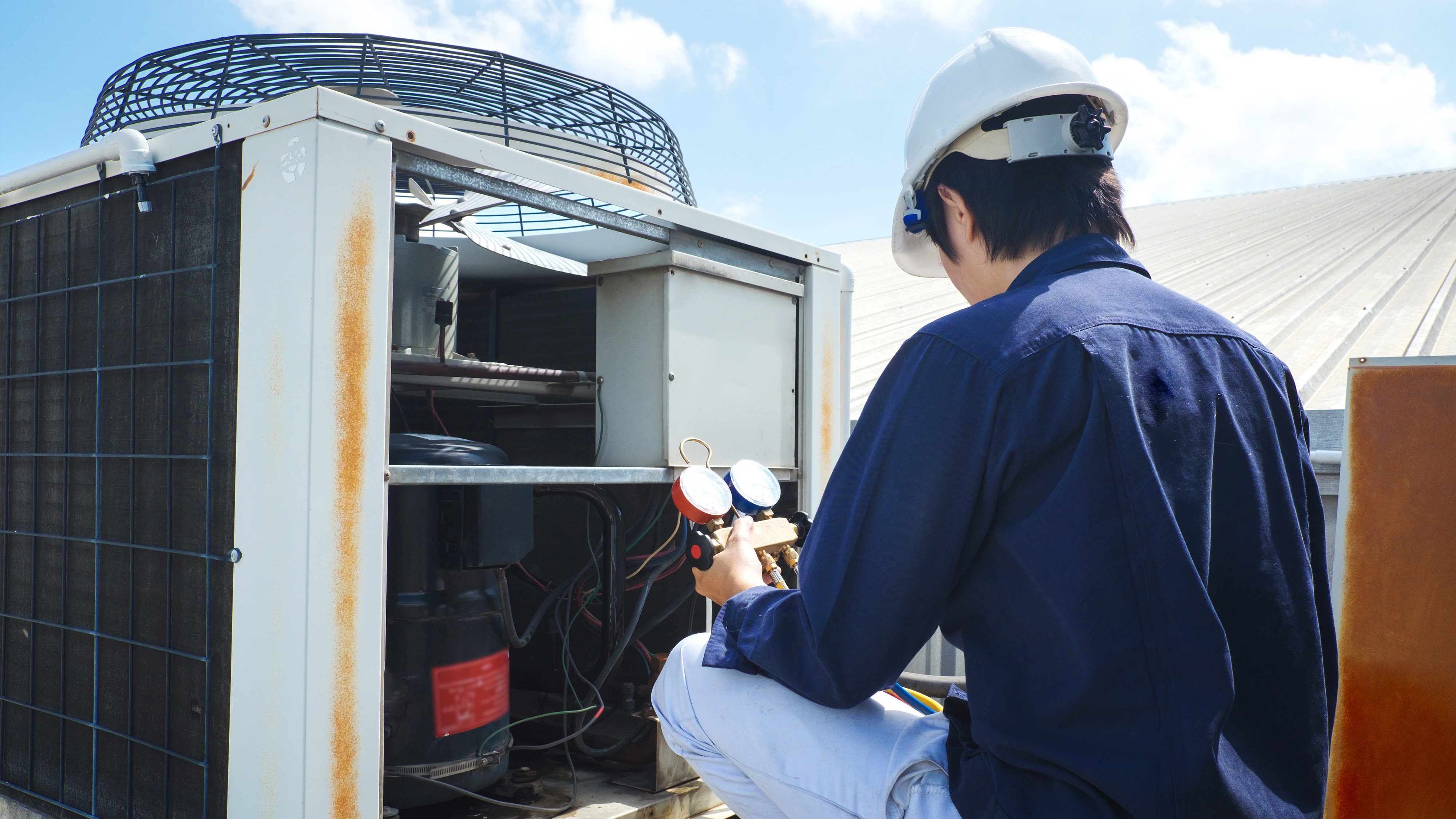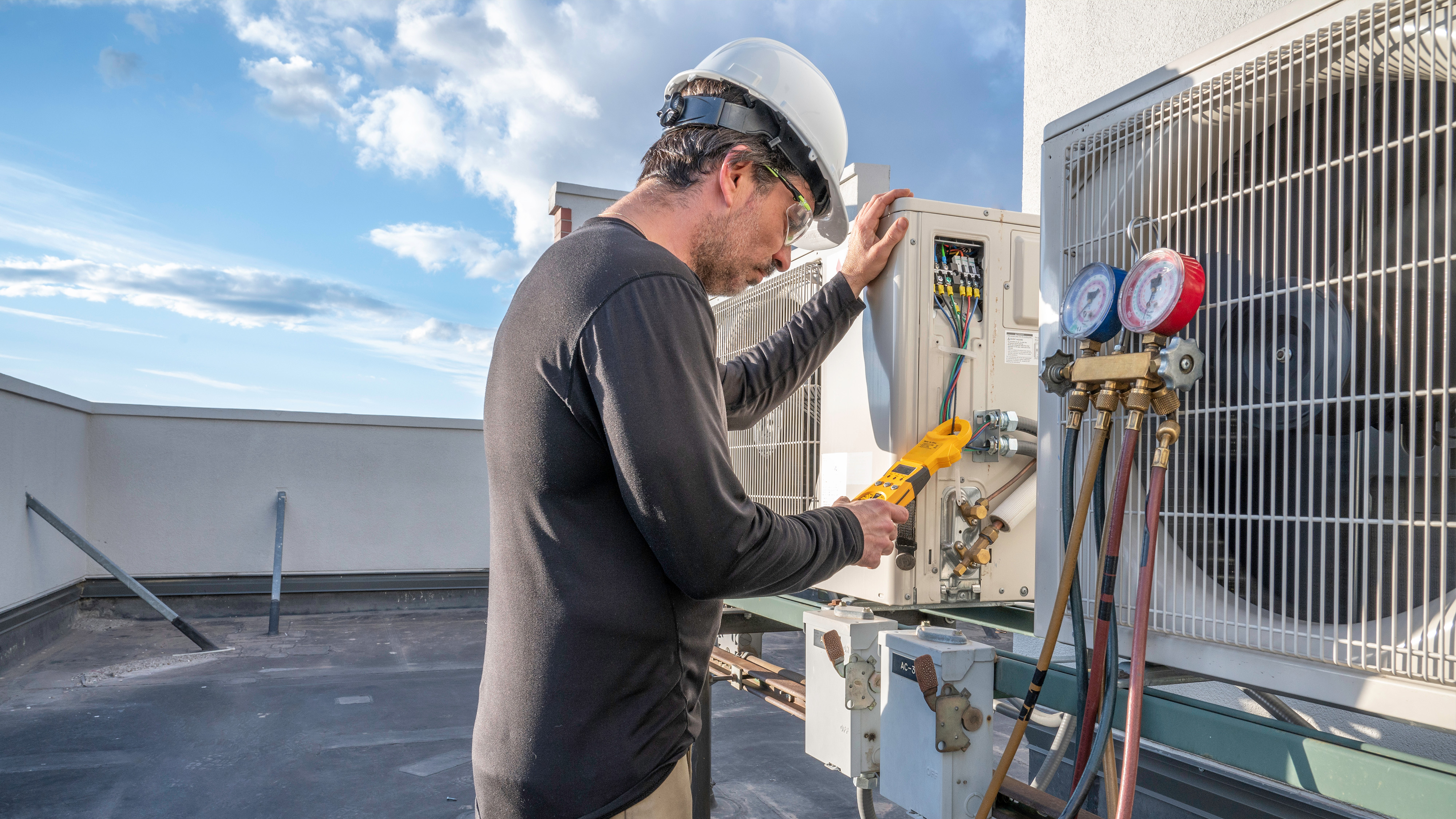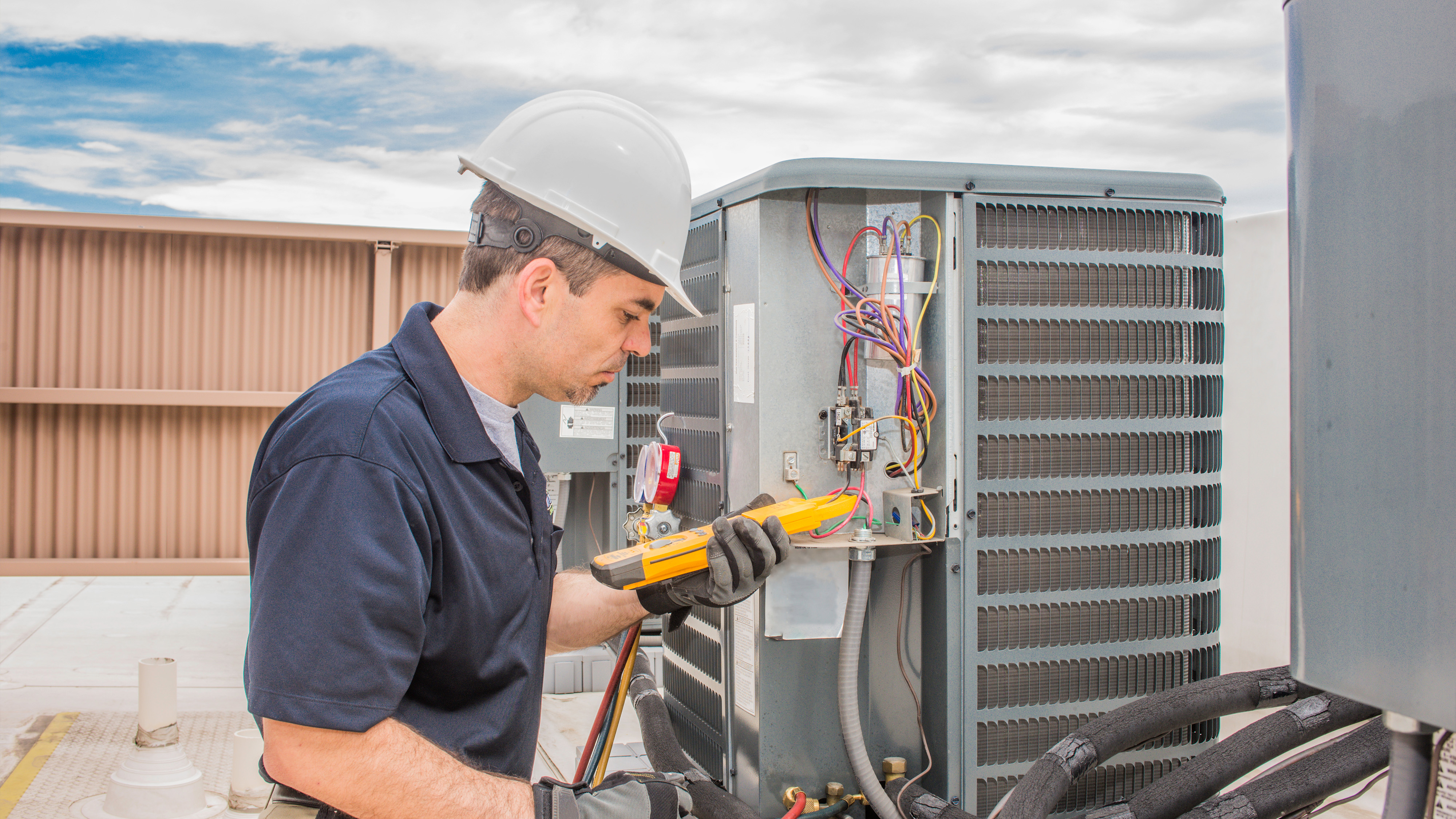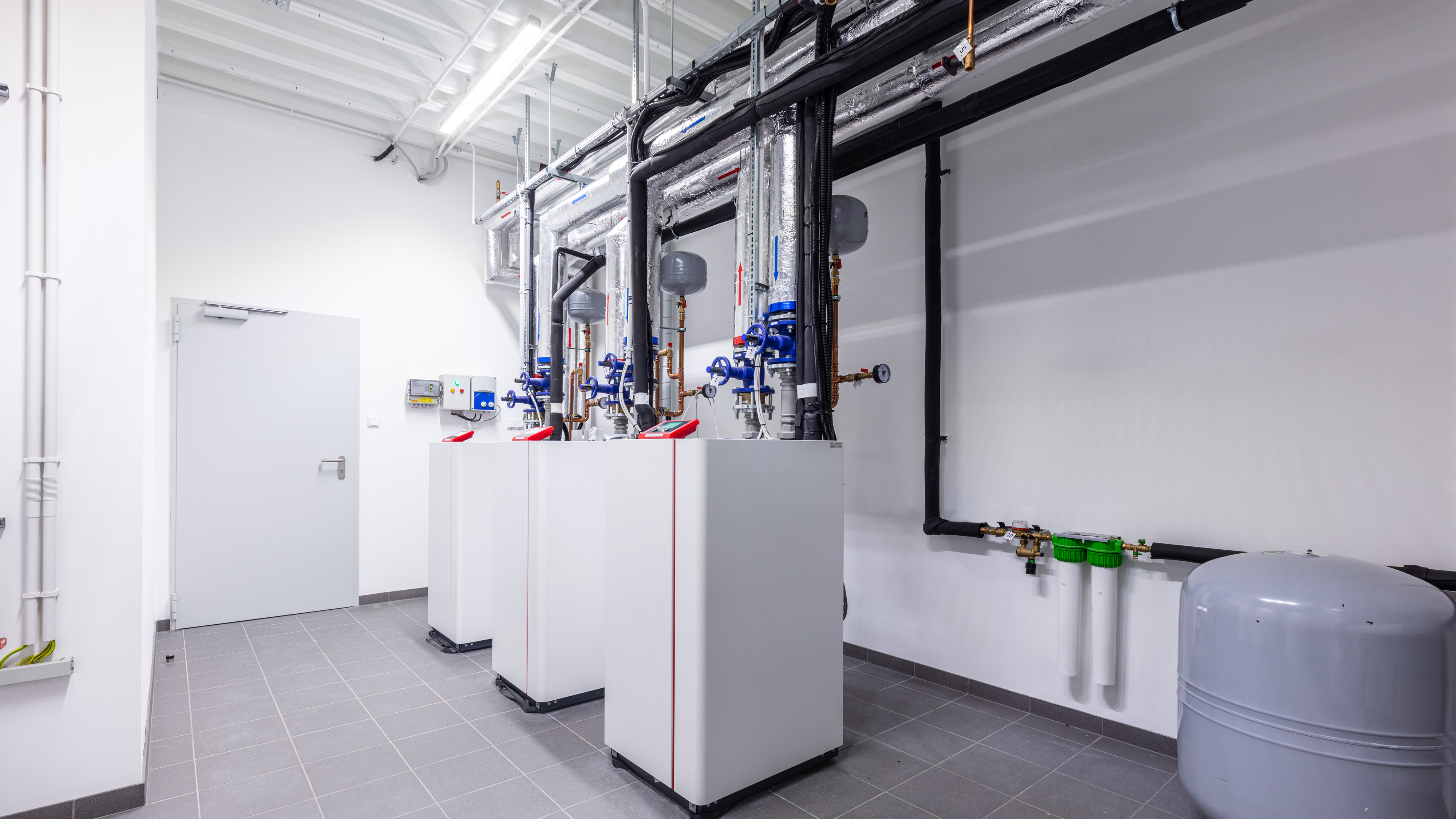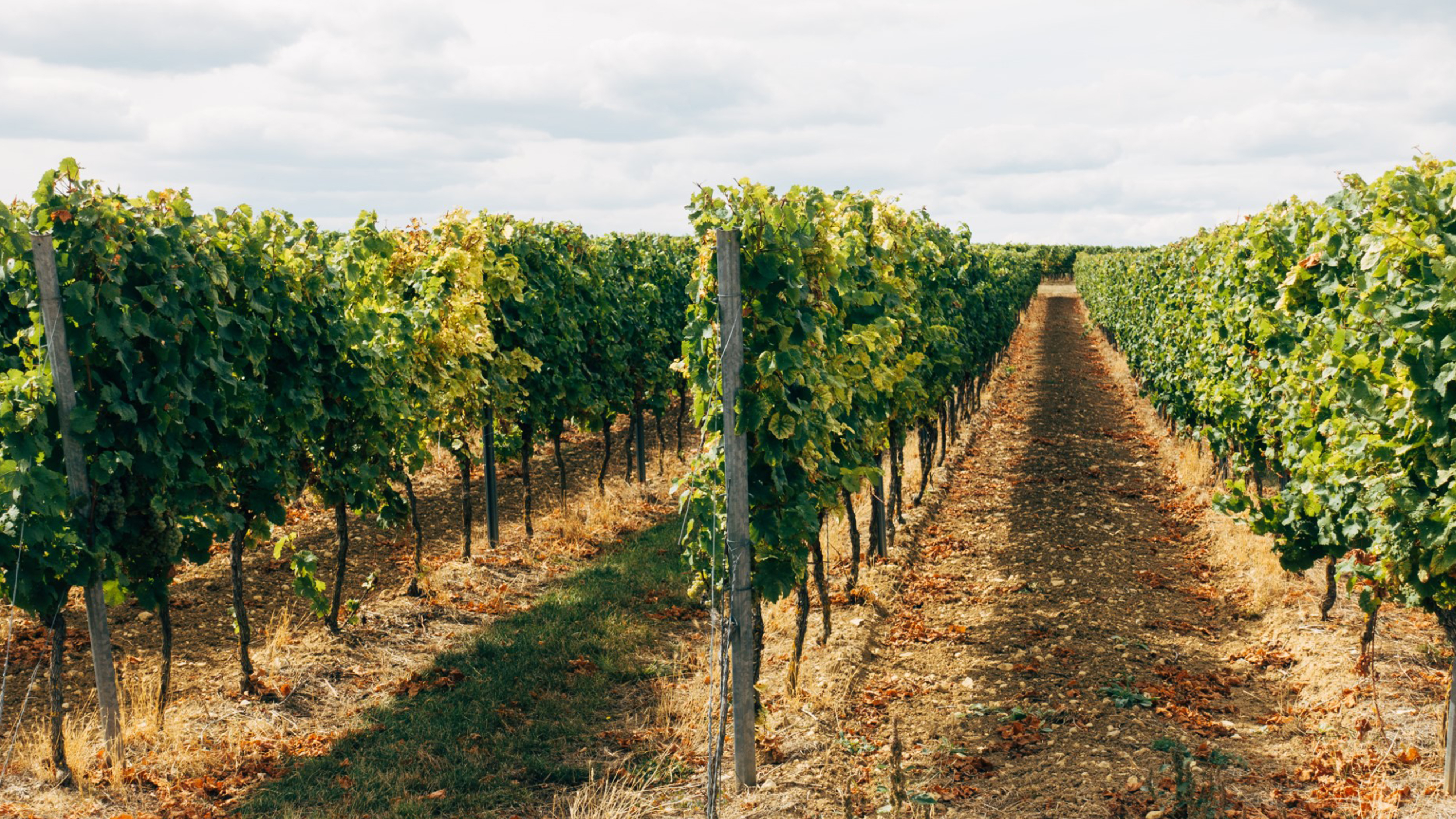
The Critical Components of Refrigeration for Wineries
Refrigeration is vital for breweries, cideries, distilleries, and wineries. The wine industry in West Michigan thrives with the ideal climate provided by Lake Michigan. Vineyards line almost the entire west coast of the state and account for the 6th most wineries in the United States.
Consulting on and installing equipment for raw material cold storage, controlled atmosphere rooms, and working directly with farmers ensures that your beverage-making supplies are stored properly.
Winery Refrigeration Needs
Proper storage conditions for wine are 55 °F and 70% humidity, making temperature important during wine production, with over 30% of an average winery’s electrical expense attributed to refrigeration.
Winery refrigeration systems experience their greatest workload during the vintage period.
- Fruit arrives at ambient temperatures up to 95 °F.
- Juice is cooled immediately at 35-50 °F.
- The fermentation temperature for white wines is 45-68 °F; red wines are 68-80° F.
Temperature control outside of the vintage will require refrigeration and potentially heating.
- Malolactic Fermentation: 68-75 °F.
- Barrel Storage: 55-60 °F.
- Fining, Centrifuging, Filtering, and Clarifying: 32-77 °F.
- Sparkling Wine: 54 °F.
- Bottling Temperature: 60 °F.
Refrigeration Guidebook
Commercial refrigeration units, air conditioners, and home refrigerators are all mechanical refrigeration systems examples, simplified into four components: evaporator, condenser, compressor, and metering device.
- Evaporator: uses the cool refrigerant liquid to transfer heat into the cycle by converting it to gas.
- Condenser: converts the gas into a high-pressure liquid, transferring heat from the refrigerant to the outside air.
- Compressor: receives refrigerant gas at low pressure and temperature, then discharges it to the condenser at a high
- Metering Device: releases the liquid from the condenser at a decreased pressure into the evaporator.
A home refrigerator keeps food cold by using this cycle to transfer heat out of the air; winery refrigeration systems use a coolant liquid created using propylene glycol.
Refrigeration Equipment
Refrigeration must be sufficient size and works directly with farmers to ensure beverage-making supplies are stored properly.
Equipment
- Glycol Storage Vessel
- Distribution System
- Jacketed Tanks
Electronics
- Pumps
- Automating Tank Temperature Control
The most common types are plate heat exchangers, which allow cooling without contact. Wineries cooling red grape must for cold soaking and cooling boiled wort for fermentation utilize this heat exchanger.
Controlling interior atmospheric temperature is essential for barrel storage but also increases efficiency for other refrigeration processes by removing excess heat in the facility. Instead of a separate air conditioning system, most wineries will use an air-glycol heat exchanger built into the refrigeration system.
Partnering with RMS
RMS understands the importance of installing high-quality commercial refrigeration systems that meet the specific needs of your winery. Our team of experts provides customized solutions that optimize your storage capacity and implement cost-reducing energy efficiencies.

